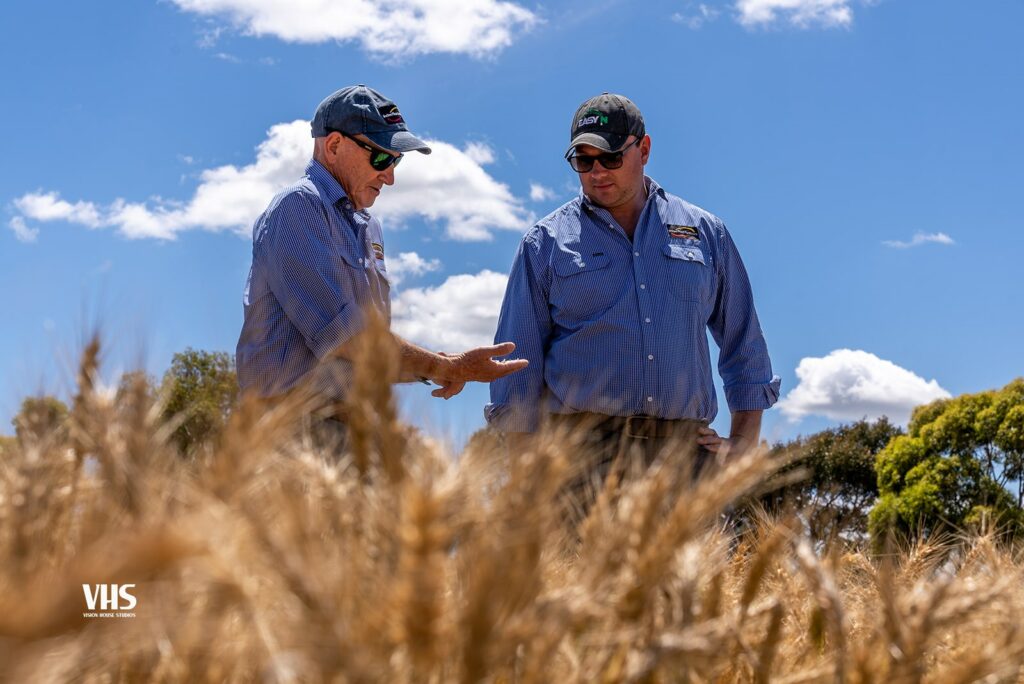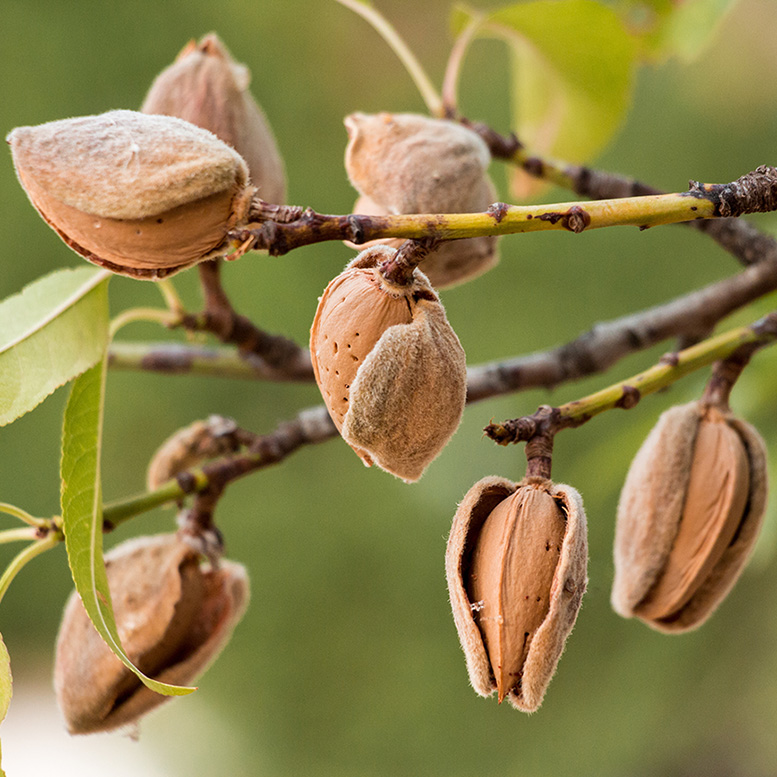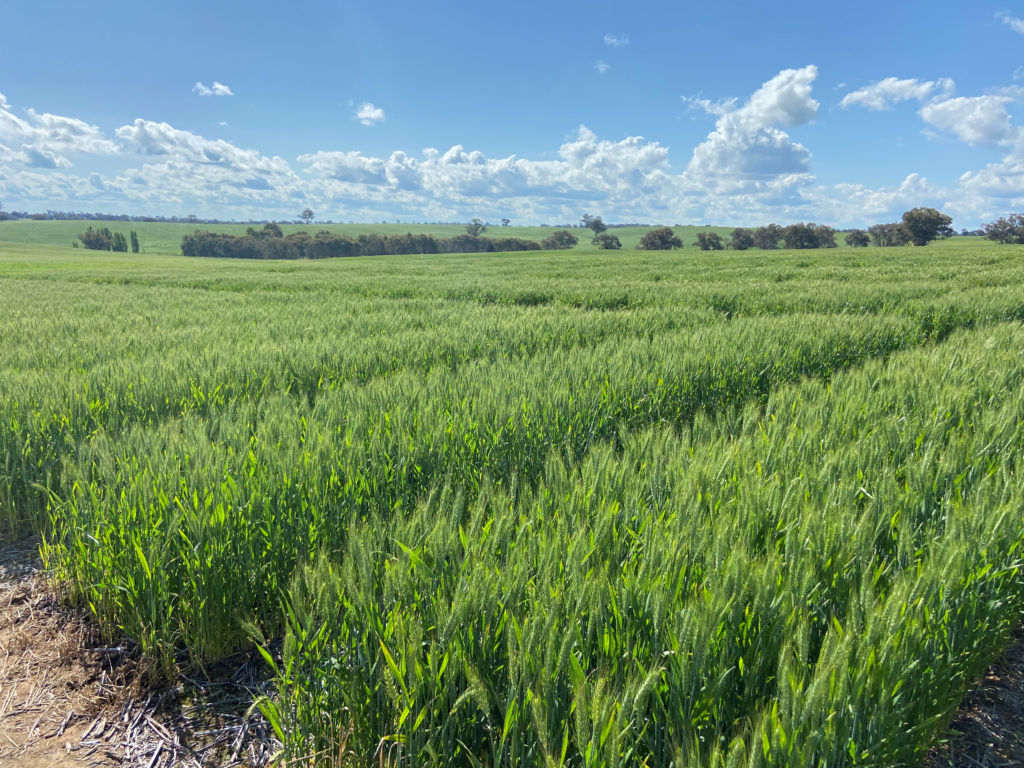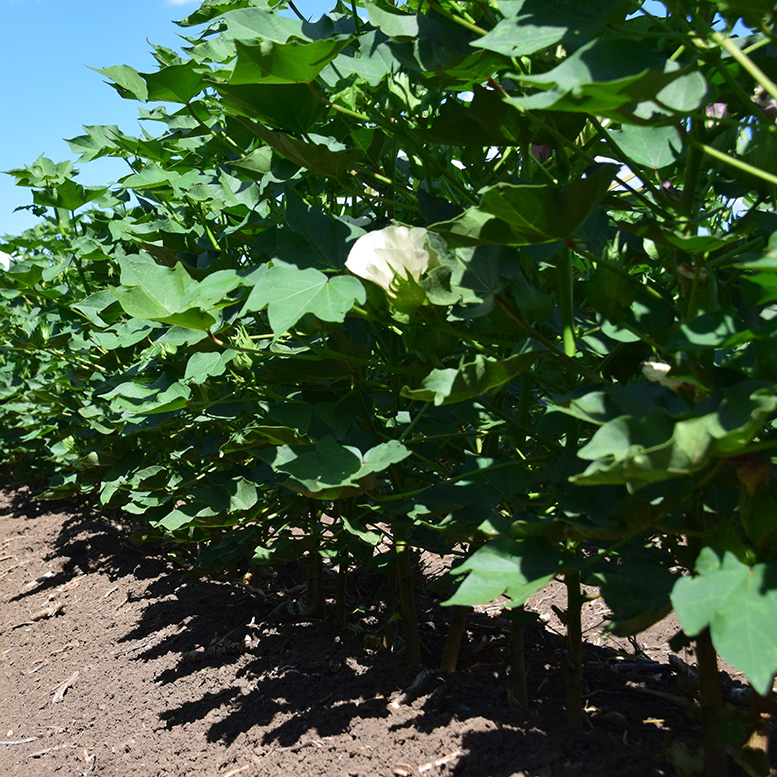Agronomic Insights

David McRae – IPF Technical Agronomist Northern NSW
With good water availability in cotton growing regions and strong prices on offer, it’s timely to consider how to best boost the performance of your cotton crop. Precise nutrient management is key, and petiole and leaf testing is an effective way to monitor crop fertility status and highlight any gaps that may require additional nutrients.

Leaf or petiole testing
Testing of leaves and petioles reveals the different movement and storage of nutrients in the plant part sampled. Nutrient analysis of leaves and petioles can reveal different things.
For leaves, testing shows the nutrient concentration on the day of sampling. Nutrient concentration is a combination of storage, nutrient recycling and soil nutrient supply. Change in leaf nutrient concentration is buffered for changes in soil nutrient supply by plant redistribution and changes in the plant’s ability to take up nutrients.
Petiole testing reveals the nitrate nitrogen and potassium concentration on the day of sampling. Nitrate nitrogen concentration is a great indicator of soil supply rate. Potassium concentration indicates soil supply rate as well, but measure plant nutrient redistribution as well. Petioles are highly sensitive to changes in root uptake conditions and nutrient availability, so they are a good vehicle for testing those factors as well. Determining whether to test leaves and/or petioles will depend on which nutrients are of interest and the development stage of the crop.
Generally, leaf testing in conducted early in the season (400-600 day degrees) to review nutrients such as phosphorus, potassium and micronutrient such as zinc. From 600 to 1000 DD, petioles are measured to monitor the rundown of nitrate nitrogen and potassium. If nitrate nitrogen levels are lower than the optimum range, nitrogen application is generally required before or with the next irrigation events. Table 1 provides greater detail for sampling time, plant part and nutrient focus.
| Sampling Time (Day Degrees – base 12) | Plant Part Reason for Testing |
| 400 – 800 | Leaf (Check nutrient status – particularly P, K, S and Zn leading into canopy development, nutrient accumulation) |
| 600 – 1000 | Petiole 3-4 samplings spread over this period. (Monitor rate of decline of nitrate N & K from soil supply) |
| 1250 – 1350 | Leaf (Peak demand period – Assessing soil supply and fertiliser program’s ability to supply maximum crop demand) |
| 1800 – 2000 | Petiole (Prior to defoliation – Indication of: – Residual nitrogen for next crop – Residual nitrogen effects on defoliation – Check release pattern of Nitrification Inhibitors / Slow-release products – Nitrogen availability for long season cotton) |
| 1750 – 1850 | Leaf Possibly useful in long season cotton situations – Critical values have not been confirmed |
Tips for sampling
If you are intending to monitor changes in nutrient concentration over time, it is very important to sample from the same areas. Variation induced by sampling from different sites in the same field may create confusion when trying to interpret results.
Sampling steps:
- Select well defined and identifiable sampling locations. GPS locate or mark with pegs and surveyor’s tape.
- Collect samples between 2 hours post dawn and 11 am (daylight saving time).
- Sample crops that are not stressed, generally crops with canopy temperatures < 28-300C (Conaty et al 2012).
- Under high humidity conditions, crops may already be stressed by 11am.
- Avoid sampling during cloudy weather conditions, particularly around peak nutrient demand.
- Wear a pair of clean plastic disposable gloves (powder/latex free) to take samples.
- Collect 40-50 leaves and/or petioles for analysis.
- Use a repeatable sampling pattern when collecting samples.
- Leaf and petioles should be taken from the youngest mature blade (YMB), usually the third to fifth node from the apex.
- Target leaves and petioles of similar size.
- Samples should be collected at similar soil moisture levels each time.
- Remove petiole from the leaf blade immediately after sampling.
- Use paper sample bags (do not use plastic bags as they will cause the sample to sweat and hasten its decomposition).
- Immediately cool then keep samples cool following collection (do not freeze).
- Send samples to the laboratory ASAP.
- If samples cannot be sent immediately, dry them in the paper bag at temperatures between 40oC and 70oC for 24 hours. Check that they are not cooking/burning. The samples should not be burnt or discoloured. Do not use a microwave oven.
Transport to Laboratory
Research continues into new measurement techniques for cotton leaf and petiole samples that aims to reduce the turnaround time of results and improve the accessibility of nutrient analysis for all cotton areas. Today, there are a range of sample delivery services available, with some delivering faster than others and a good courier can be of great use in delivering samples to laboratories in a timely way.
The Nutrient Advantage®(NA) Laboratory Service offers leaf and petiole for cotton and is able to complete plant tissue tests within three business days of receiving the sample. The NA Laboratory is a NATA and ASPAC certified laboratory.
Interpretation of either petiole nitrate or leaf nutrient samples can be achieved using either NA Pro software or cotton industry developed programs like NutriLOGIC (available from www.cottonassist.com.au).
Making nutrient recommendations
Leaf testing conducted between 400-800 DD can be used to detect micronutrient shortages. Easy Liquids foliar products such as Keypro Zinc, P-Fol Zinc and Zn-Sul are available to co-applied zinc in most early to mid-season spray applications.
Low levels of phosphorus (P) and potassium (K) are more difficult to correct. Generally, on high cation exchange capacity (CEC) vertosol soils, surface application and banding of these fertilisers in-crop is not effective. P and K rates will need to be revised before the next crop.
On low CEC/PBI soils, early season surface applications of P and K can be effective at increasing nutrient availability only if rainfall or irrigation water provides sufficient movement of P and K into the soil profile.
Foliar applications of P and K can be used to supply short-term shortage from mismatches between nutrient supply and crop demands. Most effective results from foliar K applications have occurred when the first application was applied 10 days after first flower (Oosterhuis 1994).
Results from petiole testing conducted between 600-1000 DD can be used to maintain adequate nitrogen (N) nutrition. Petiole nitrate nitrogen declines with increasing accumulation of DD (Figure 1).
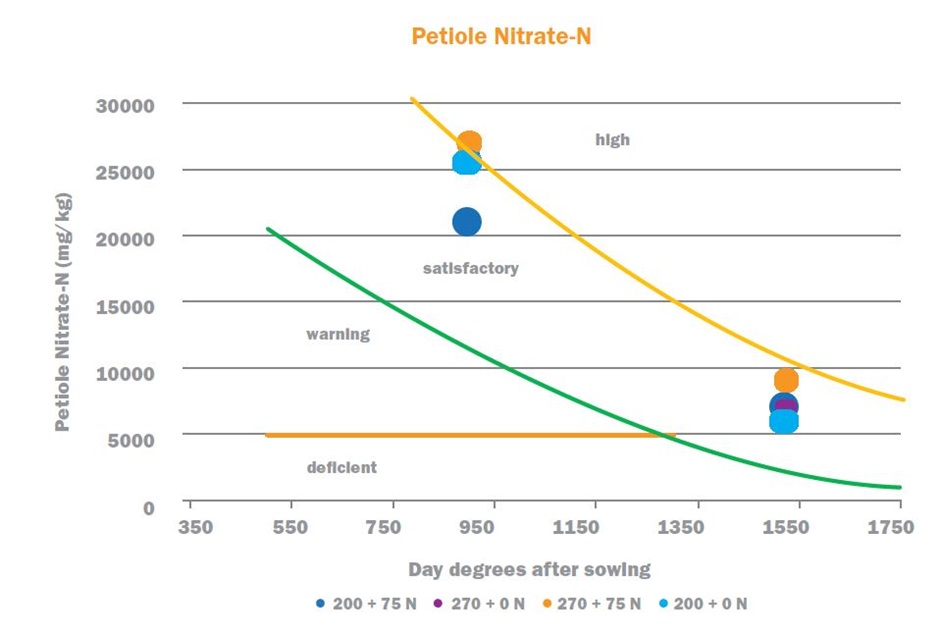
If nitrate nitrogen results are close to or in the warning zone, N application is generally warranted with or before the next irrigation. N can either be applied in the irrigation water as Easy Liquids N26, Easy N or urea. If planning to top-dress urea and incorporation will be longer than two days away, consider using Green Urea to minimise nitrogen volatilisation and boost available nitrogen for the crop.
If plant sampling bags are required, please contact Nutrient Advantage Laboratory Services on 1800 803 453.
Your local Easy Liquids sales agronomist can advise you on appropriate liquid products and rates:
For further information
For EASY Liquids, please contact:
Robert Moorfield on 0488 067 736 robert.moorfield@incitecpivot.com.au
Mathew Urquhart on 0429 789 289 matthew.urquhart@incitecpivot.com.au
David McRae on 0477 987 321 david.mcrae@incitecpivot.com.au
Jim Laycock on 0427 006 047 jim.laycock@incitecpivot.com.au
Bede O’Mara on 0417 896 377 bede.omara@incitecpivot.com.au
References
Conaty, W.C., Burke, J.R., Mahan, J.E., Neilsen, J.E. and Sutton, B.G. (2012). Determining the optimum plant temperature of cotton physiology and yield to improve plant-based irrigation scheduling. Crop Science 52:1828-1836.
CottonInfo (2017). CottonInfo on-farm Nitrogen trials and N use practices.
Oosterhuis, D.M. (1994). Foliar fertilization of K on cotton shows potential. Fluid Journal.
Resources
DOWNLOAD INSIGHTDISCLAIMER
This is a guide only, which we hope you find useful as a general tool. While IPF has taken all reasonable care in the preparation of this guide, it should not be relied on as a substitute for tailored professional advice and IPF accepts no liability in connection with this guide. Incitec Pivot Fertilisers manufactures and sources fertilisers from other suppliers. The fertiliser supply chain extends beyond the company’s direct control, both overseas and within Australia. Incitec Pivot Fertilisers hereby expressly disclaims liability to any person, property or thing in respect of any of the consequences of anything done or omitted to be done by any person in reliance, whether wholly or in part, upon the whole or any part of the contents of this article.


